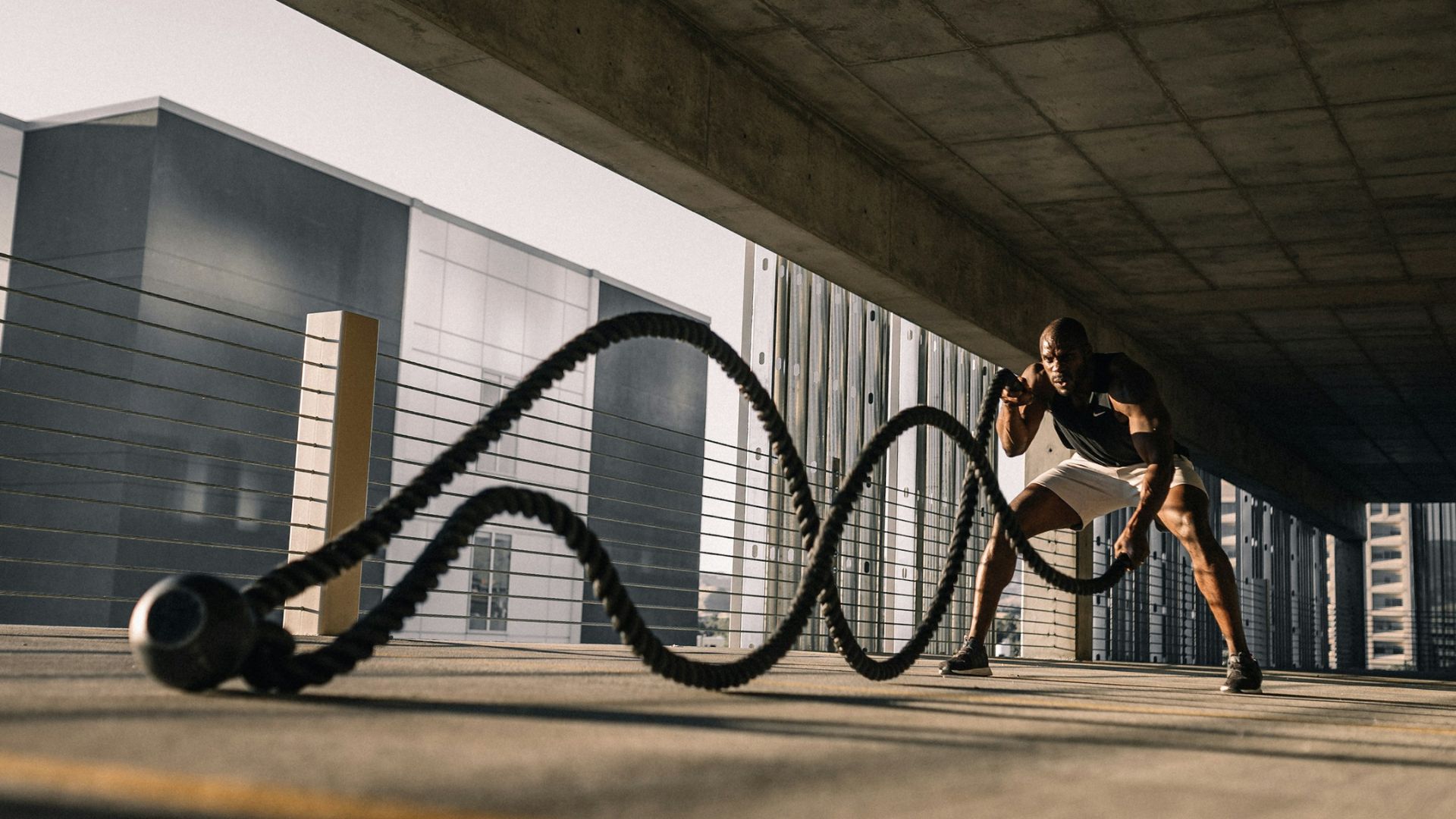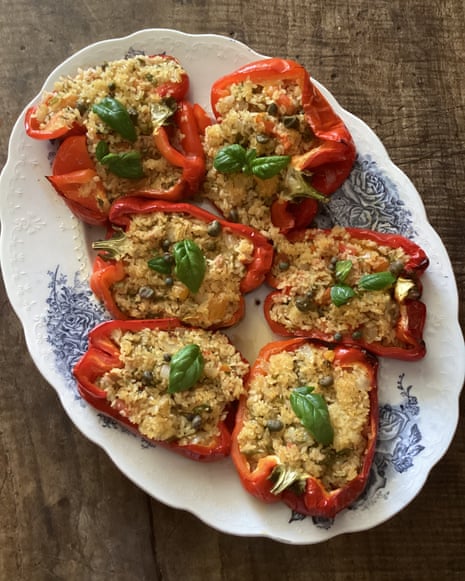In cities from Lagos to Accra—and everywhere between—High-Intensity Interval Training, better known as HIIT, has quickly become a fitness buzzword. Whether you’re breaking a sweat at the gym, sweating it out at home, or joining one of the many outdoor bootcamps popping up in West African parks, the HIIT method offers an accessible and powerful way to improve your health. Its appeal lies not just in big promises, but in solid results: HIIT lets you push your limits in quick bursts, making it easier for busy people to fit serious exercise into packed days.
But how many of us actually understand HIIT’s principles—and are we really doing it right? As more Nigerians and West Africans pursue healthy lifestyles, knowing how to get the most from HIIT, and adapting it to our different fitness levels, can help turn good intentions into visible results.
What Exactly Is HIIT?
HIIT stands for High-Intensity Interval Training—a workout method that alternates between very short, high-powered efforts and recovery periods. In practice, it means giving near-maximum effort (usually about 80–95% of your top ability), then easing off or resting for a short period before ramping up again.
Unlike some workouts that narrowly focus on a single exercise or routine, HIIT isn’t a specific move or move set. It’s a flexible approach: you can sprint along Ikoyi bridge, do jumping jacks on a dusty field, or swing kettle bells in your apartment. The science remains the same: by hitting those periods of increased intensity, your body burns more calories, boosts cardiovascular fitness, and builds muscle—all in a fraction of the time it takes with traditional steady-state exercise routines.
Nigerian fitness trainer Olawale Bello explains, “HIIT works so well in our busy lives because you don’t need fancy equipment or a large space. Even with no power supply or at-home, you can reap the benefits by following the intensity principle.”
Importantly, HIIT is for everybody—not just for athletes or those already in top shape. If you’re new to fitness, moderate intervals can kickstart progress while keeping risk of injury low. If you’re experienced, shorter, more explosive bursts will get you sweating and challenging your strength. It’s also easy to mix HIIT with other sports (think football drills or karate training), making it a favourite for young people, fitness instructors, and sporting teams across Africa.
How to Make the Most of a HIIT Workout
The effectiveness of HIIT comes from its structure: repeated cycles of intense, focused work split by periods of lower-intensity movement or rest. The ratio of time spent working vs. resting matters—a lot. Picking the right balance is the secret to achieving your personal fitness goals.
Different HIIT styles suit different targets:
- Boosting Cardio Fitness: Try a 1:1 or 1:2 approach—for example, 30 seconds of hard work with 30–60 seconds to recover. This builds endurance and elevates your heart rate safely.
- Tabata Sessions: A popular HIIT brand, Tabata means 20 seconds of all-out effort, then just 10 seconds to recover, on-repeat for four minutes. It’s simple and effective if you’re tight on time.
- Building Power & Speed: Athletes chasing explosiveness work for 15 seconds, then rest for up to five times that (e.g., 75 seconds). This regimen helps develop maximum output.
True HIIT should feel tough during the work phase—but you shouldn’t have to collapse at the end of every interval. For beginners, starting with longer effort periods (1-3 minutes) at 80% of your capacity, then resting up to five minutes at low intensity, is safer and sustainable. This method helps your body adapt while managing fatigue, which is especially important for those with chronic health conditions or older adults.
According to Dr. Nkechi Chima, a sports medicine specialist based in Abuja, “People often confuse HIIT with general interval training, but the difference is about effort level. Classic interval workouts may not push you as hard. HIIT is about getting your heart rate up, then recovering, which forces the body to adapt and burn more energy—even when you’re done exercising.”
In group workouts around Lagos, you might hear ‘HIIT’ and ‘interval’ used interchangeably. While there is crossover, real HIIT is defined by that higher intensity, not simply alternating work and rest. It’s crucial to listen to your body and avoid risk by pushing too hard without adequate recovery or guidance from professionals.
- Limit yourself to no more than three HIIT sessions each week to allow your body sufficient time to recover. Overtraining increases your risk of fatigue and injury, especially if you’re not used to intense movement.
- You can design an entire routine around HIIT or use it as a “finisher” after your main workout. For example, a few sprints after a strength session will leave your muscles buzzing.
- Keep things interesting by rotating different moves—one day it’s skipping rope, the next it’s mountain climbers. This keeps your body guessing and targets a range of muscle groups.
- Pace yourself and honestly monitor intensity. High-level athletes might go all-out, but there’s no shame in scaling efforts until you build strength and confidence.
The beauty of HIIT is how well it fits the West African lifestyle. With a little creativity, you can do effective HIIT routines almost anywhere—no gym membership, fancy gear, or air-conditioned studio needed. Think open spaces in Surulere, rooftop terraces in Kumasi, or even a secluded spot in your own compound. Many fitness coaches in Nigeria offer online HIIT sessions via WhatsApp or Instagram Live, breaking down barriers for anyone wanting to get active.
But remember: recovery matters as much as the workout itself. Eating balanced meals, staying hydrated, and getting enough sleep are all crucial for HIIT fans—especially in Nigeria’s challenging climate. Intense workouts increase fluid loss, so keep your water bottle close, particularly during the hot harmattan or rainy season.
For those with health issues, pregnant women, or individuals recovering from injuries, it’s best to consult medical professionals before starting any HIIT programme. According to Nigerian physiotherapist Abiola Adeyemi, “Even though HIIT is customizable, getting a health check and personalizing routines makes a big difference. The main aim is lifelong health, not just rapid results.”
Globally, HIIT has gained so much popularity that fitness influencers and health organisations such as the World Health Organization recognise its major benefits. Studies published in scientific journals continue to confirm HIIT can reduce harmful belly fat, improve blood pressure, and help prevent chronic diseases like diabetes—key issues among African populations experiencing rapid lifestyle changes.
However, there are challenges. Not everyone responds the same way to high-intensity exercise. Some people may experience more fatigue or even mild injuries if they skip warming up or ignore warning signs. And, as experts note, consistency is more important than novelty, so building HIIT into your regular weekly routine—rather than using it as a “quick fix”—will produce better, safer results.
Ultimately, HIIT offers a practical path toward lasting health for Nigerians and other West Africans. Its flexible style, minimal requirements, and proven benefits can help you reach your fitness goals—if you take the time to understand, personalise, and respect your own limits.
How have you integrated HIIT or other fitness routines into your life? Do you prefer group workouts, or going solo at home—and what results have you seen? Drop your thoughts below and encourage your circle to join the conversation. Your story might inspire someone to start their own fitness journey!
Some sections adapted with reference to reports published by Men’s Health and insights from local West African fitness professionals.
Want to get your fitness journey or health story featured—or sell your inspiring story to others? Reach out to us at story@nowahalazone.com and your voice could help motivate others to get moving.
For support or general inquiries, contact us anytime at support@nowahalazone.com.
Don’t miss out on more health tips and lifestyle insights!
Follow us on Facebook, X (Twitter), and Instagram to join the fitfam movement!










